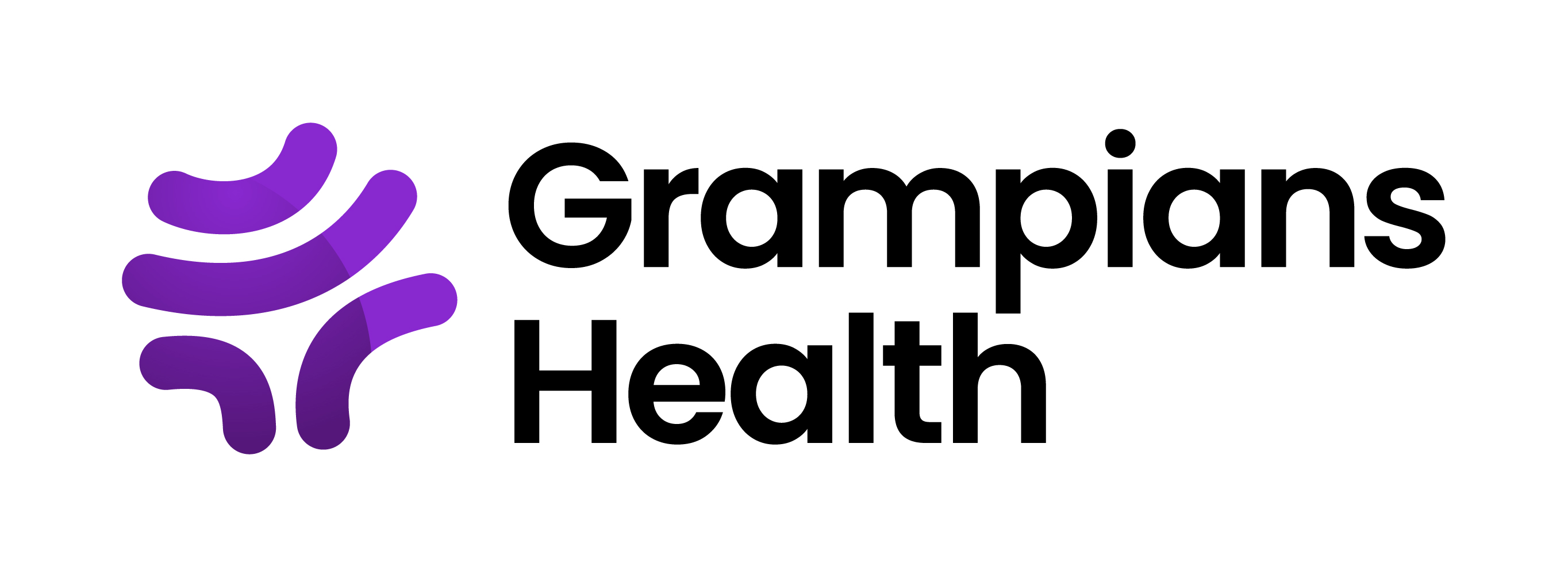Please use this identifier to cite or link to this item:
http://hdl.handle.net/11054/1201Full metadata record
| DC Field | Value | Language |
|---|---|---|
| dc.contributor | Hurley, James C. | en_US |
| dc.date.accessioned | 2018-09-05T06:17:45Z | - |
| dc.date.available | 2018-09-05T06:17:45Z | - |
| dc.date.issued | 2018 | - |
| dc.identifier.govdoc | 01133 | en_US |
| dc.identifier.uri | http://hdl.handle.net/11054/1201 | - |
| dc.description.abstract | Aim To benchmark the incidence rates of Acinetobacter-associated VAP (AAVAP) within component (control and intervention) groups from concurrent controlled studies of polymyxin compared with studies of various VAP prevention methods other than polymyxin (non-polymyxin studies). Methods An AAVAP benchmark was derived using data from 77 observational groups without any VAP prevention method under study. Data from 41 non-polymyxin studies provided additional points of reference. The benchmarking was undertaken by meta-regression using generalized estimating equation methods. Results Within 20 studies of topical polymyxin, the mean AAVAP was 4.6% [95% confidence interval (CI) 3.0–6.9] and 3.7% (95% CI 2.0–5.3) for control and intervention groups, respectively. In contrast, the AAVAP benchmark was 1.5% (95% CI 1.2–2.0). In the AAVAP meta-regression model, group origin from a trauma intensive care unit (+0.55; +0.16 to +0.94, P = 0.006) or membership of a polymyxin control group (+0.64; +0.21 to +1.31, P = 0.023), but not membership of a polymyxin intervention group (+0.24; -0.37 to +0.84, P = 0.45), were significant positive correlates. Conclusions The mean incidence of AAVAP within the control groups of studies of topical polymyxin is more than double the benchmark, whereas the incidence rates within the groups of non-polymyxin studies and, paradoxically, polymyxin intervention groups are more similar to the benchmark. These incidence rates, which are paradoxical in the context of an apparent effect against VAP within controlled trials of topical polymyxin-based interventions, force a re-appraisal. | en_US |
| dc.description.provenance | Submitted by Gemma Siemensma (gemmas@bhs.org.au) on 2018-09-05T06:17:21Z No. of bitstreams: 0 | en |
| dc.description.provenance | Approved for entry into archive by Gemma Siemensma (gemmas@bhs.org.au) on 2018-09-05T06:17:45Z (GMT) No. of bitstreams: 0 | en |
| dc.description.provenance | Made available in DSpace on 2018-09-05T06:17:45Z (GMT). No. of bitstreams: 0 Previous issue date: 2018 | en |
| dc.title | Paradoxical Acinetobacter associated ventilator associated pneumonia incidences within prevention studies using respiratory tract applications of topical polymyxin: benchmarking the evidence base. | en_US |
| dc.type | Journal Article | en_US |
| dc.type.specified | Article | en_US |
| dc.bibliographicCitation.title | Journal of Hospital Infection | en_US |
| dc.bibliographicCitation.volume | 100 | en_US |
| dc.bibliographicCitation.issue | 1 | en_US |
| dc.bibliographicCitation.stpage | 105 | en_US |
| dc.bibliographicCitation.endpage | 113 | en_US |
| dc.subject.healththesaurus | VENTILATOR ASSOCIATED PNEUMONIA | en_US |
| dc.subject.healththesaurus | ACINETOBACTER INFECTIONS | en_US |
| dc.subject.healththesaurus | POLYMYXIN | en_US |
| dc.subject.healththesaurus | INFECTION CONTROL | en_US |
| dc.subject.healththesaurus | AAVAP | en_US |
| Appears in Collections: | Research Output | |
Files in This Item:
There are no files associated with this item.
Items in DSpace are protected by copyright, with all rights reserved, unless otherwise indicated.
